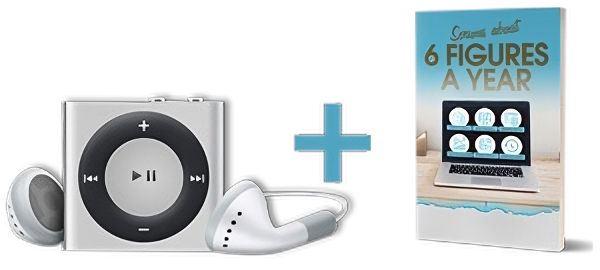SEO Is Dead (Kinda). Meet SPO — The Strategy That Actually Pays
Most marketers are still playing the wrong game when it comes to search traffic.
They chase rankings. They celebrate pageviews. They obsess over keyword volume like it’s 2012.
But here’s the problem: Traffic alone doesn’t pay the bills.
If your content isn’t turning searchers into subscribers, leads, or buyers, what’s the point?
Enter Search Profit Optimization (SPO) — a smarter, more strategic approach to search that focuses on revenue, not just reach. It’s what happens when SEO grows up and gets serious about conversion.
Instead of asking, “How do I rank for this keyword?” SPO asks, “How much money does this keyword make me?”
Let’s break down what SPO actually is, how it works, and why it might just be the most important shift in your content strategy this year.
What Search Profit Optimization Actually Means
SPO = SEO that’s focused on making money, not just ranking.
Rather than chasing vanity metrics like:
- Higher keyword rankings
- More impressions
- Increased pageviews
SPO asks:
- Which keywords bring in high-converting traffic?
- Which blog posts or pages result in actual sales or lead captures?
- Which channels or funnels generate the most profitable users?
It’s SEO meets conversion rate optimization meets revenue tracking.
Key Elements of Search Profit Optimization
- Revenue-Driven Keyword Research
You don’t just choose keywords with high volume — you choose keywords that buyers are searching for. These tend to be longer-tail, more specific, and often include intent cues (like “best,” “vs,” “review,” “cost,” etc.).
- Content That Converts, Not Just Ranks
SPO content is structured to:
-
- Solve urgent problems
- Address objections
- Lead directly to a CTA (like a product, lead magnet, or service)
- Search Intent Matching with Revenue Goals
Every piece of content matches the intent of the searcher. Informational content feeds top-of-funnel goals (like email capture), while commercial or transactional content pushes directly to offers or products.
- Attribution + Analytics
Tools like Google Analytics 4, heatmaps, UTM tracking, and CRM integrations are used to map which content drives conversions — not just traffic.
- Optimization by ROI, Not Just Traffic
Content that ranks well but doesn’t convert gets revised, retargeted, or retired. The goal is profit per page, not just pageviews.
Real-World Example of SPO
Let’s say you run an AI SaaS tool and you add two articles to your blog:
- “What Is AI?” brings 10,000 visits/month but barely any signups.
- “Best AI Tools for YouTube Scriptwriting” brings 900 visits/month, but generates 60 trial signups.
SPO says: Double down on the second one.
Repurpose it. Expand it. Run ads to it.
Ignore the traffic bragging rights of the first post — it’s not making money.
Why SPO Matters Now
Because organic reach is harder than ever and ranking #1 doesn’t mean anything if the traffic bounces or never buys. With SPO, you:
- Spend less time chasing traffic that doesn’t convert
- Get clearer insights into what’s working
- Build a content strategy that directly impacts revenue
SPO vs Traditional SEO:
SEO = Get more clicks.
SPO = Get more cash.
Claim Your Free MP3 And PDF Training: The 3-Part Plan To Topping $100,000 Per Year In Profit
Enter your name and email address below to receive a new lesson delivered to your inbox once a week. Your first lesson will be delivered immediately.

Privacy Policy : We value your privacy. You can unsubscribe from receiving future emails with 1 click at any time.























